Learning Areas

Arts
The arts are powerful forms of expression that recognise, value, and contribute to the unique bicultural and multicultural character of Aotearoa New Zealand, enriching the lives of all New Zealanders. The arts have their own distinct languages that use both verbal and non-verbal conventions, mediated by selected processes and technologies. Through movement, sound, and image, the arts transform people's creative ideas into expressive works that communicate layered meanings.
Head of Faculty

Commerce
The Commerce faculty at Tauranga Boys' College aims to deliver teaching and learning programmes that offer authentic learning experiences, which enable all students to meet their full potential. Our focus is to develop the commercial capabilities (skills and knowledge) of our students, to enable them to make informed and rational decisions, in order for them to participate effectively in the rapidly changing world they live in.
Head of Faculty

English
English is the study, use, and enjoyment of the English language and its literature, communicated orally, visually, and in writing, for a range of purposes and audiences and in a variety of text forms. Learning English encompasses learning the language, learning through the language, and learning about ourselves.
Understanding and creating oral, written, and visual texts of increasing complexity, is at the heart of English teaching and learning.
Students will engage with text-based activities to become increasingly sophisticated speakers and listeners, writers and readers, presenters and viewers.
Head of Faculty

Humanities
Classical Studies ✻ Geography ✻ History ✻ Pacific Studies ✻ Philosophy ✻ Psychology ✻ Social Studies
The Humanities learning area is about how societies work and how people can participate as critical, active, informed, and responsible citizens. Contexts are drawn from the past, present, and future and from places within and beyond New Zealand.
Head of Faculty
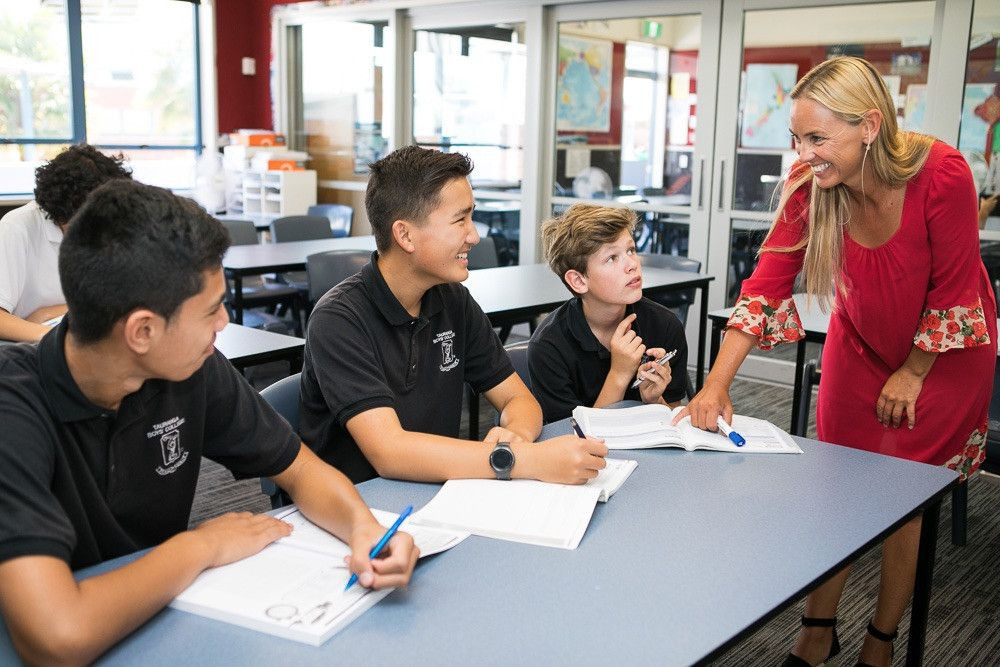
Languages
Learning a new language provides a means of communicating with people from another culture and exploring one's own personal world. Languages are inseparably linked to the social and cultural contexts in which they are used. Languages and cultures play a key role in developing our personal, group, national, and human identities.
Every language has its own ways of expressing meanings; each has intrinsic value and special significance for its users. This learning area provides the framework for the teaching and learning of languages that are additional to the language of instruction.
Level 1 of the curriculum is the entry-level for students with no prior knowledge of the language being learned, regardless of their school year.
Head of Faculty
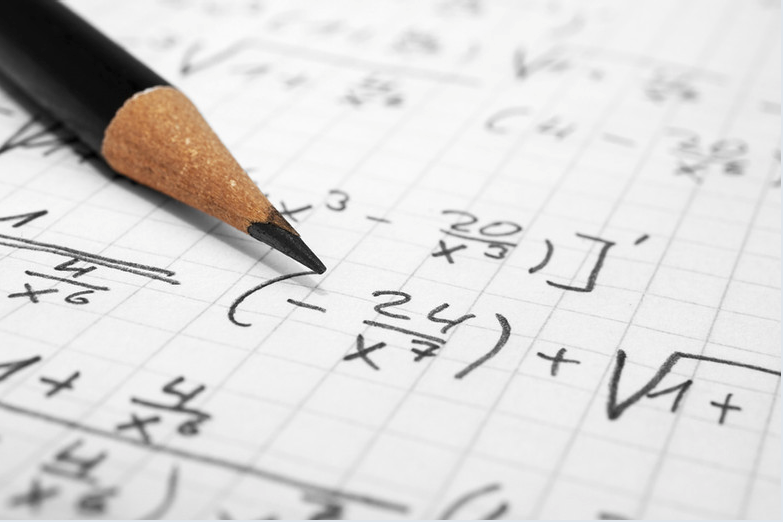
Mathematics
Mathematics is the exploration and use of patterns and relationships in quantities, space, and time. Statistics is the exploration and use of patterns and relationships in data. These two disciplines are related but have different ways of thinking and solving problems. Both equip students with effective means for investigating, interpreting, explaining, and making sense of the world in which they live.
Mathematicians and statisticians use symbols, graphs, and diagrams to help them find and communicate patterns and relationships, and they create models to represent both real-life and hypothetical situations. These situations are drawn from a wide range of social, cultural, scientific, technological, health, environmental, and economic contexts.
Head of Faculty

Other
These are subjects and classes that sit outside traditional curriculum areas
- Gateway
- Secondary Tertiary Programme
- Academic Study
- Online University
For more information contact Mr Marshall
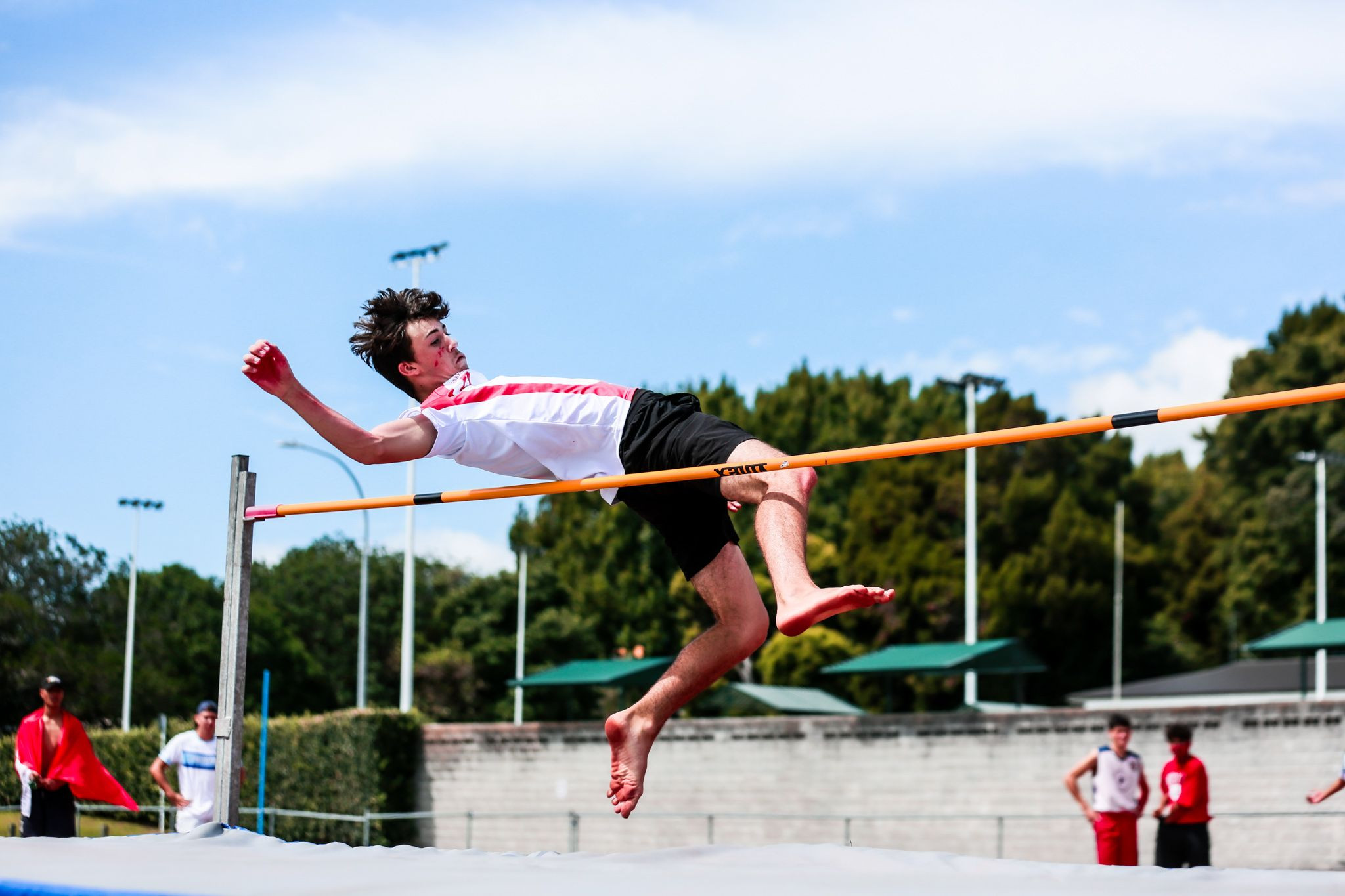
Physical Education
In physical education and health , the focus is on the well-being of the students themselves, of other people, and of society through learning in movement and health-related contexts.
Four underlying and interdependent concepts are at the heart of this learning area:
- Hauora a māori philosophy of well-being that includes the dimensions taha wairua, taha hinengaro, taha tinana, and taha whānau, each one influencing and supporting the others.
- Attitudes and values a positive, responsible attitude on the part of students to their own well-being; respect, care, and concern for other people and the environment; and a sense of social justice.
- The socio-ecological perspective a way of viewing and understanding the interrelationships that exist between the individual, others, and society.
- Health promotion a process that helps to develop and maintain supportive physical and emotional environments and that involves students in personal and collective action.
Head of Faculty
Footnotes: In health and physical education, the use of the word hauora is based on Mason Durie's Te Whare Tapa Wha model (Durie, 1994). Hauora and well-being, though not synonyms, share much common ground. Taha wairua relates to spiritual well-being; taha hinengaro to mental and emotional well-being; taha tinana to physical well-being; and taha whānau to social well-being.
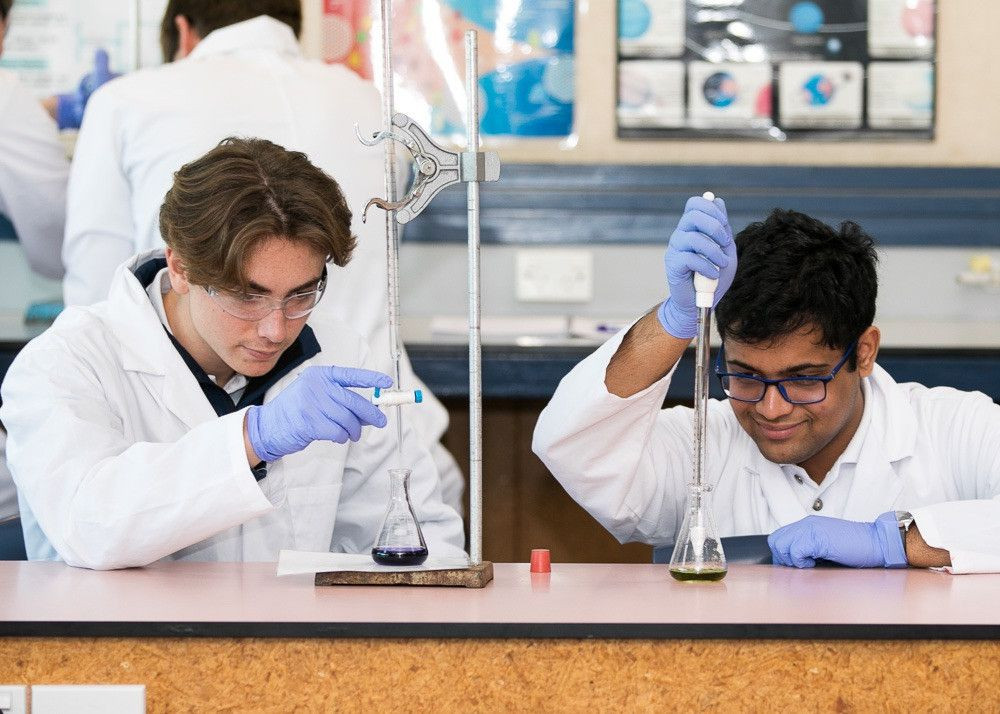
Science
Learning in Science is fundamental to understanding the world we live in, it is a great way to develop students’ critical and creative thinking skills while engaging them in activities. Students have the opportunity to clarify their ideas, share and compare, question, evaluate, and modify their ideas, leading to scientific understanding.
In Science, students have opportunities to develop their ideas and skills, first in a variety of familiar contexts in junior school and later in more challenging situations as they progress into senior subjects. The curriculum is articulated to allow development through the areas of Science: Biology, Chemistry, Physics, and Earth Science.
Different cultures and periods of history have contributed to the development of scientific knowledge. Science education at TBC acknowledges Mātauranga Māori and values the use of Te Reo Māori, this affirms students' identity and creates a positive learning environment for all students in the classroom.
Head of Faculty
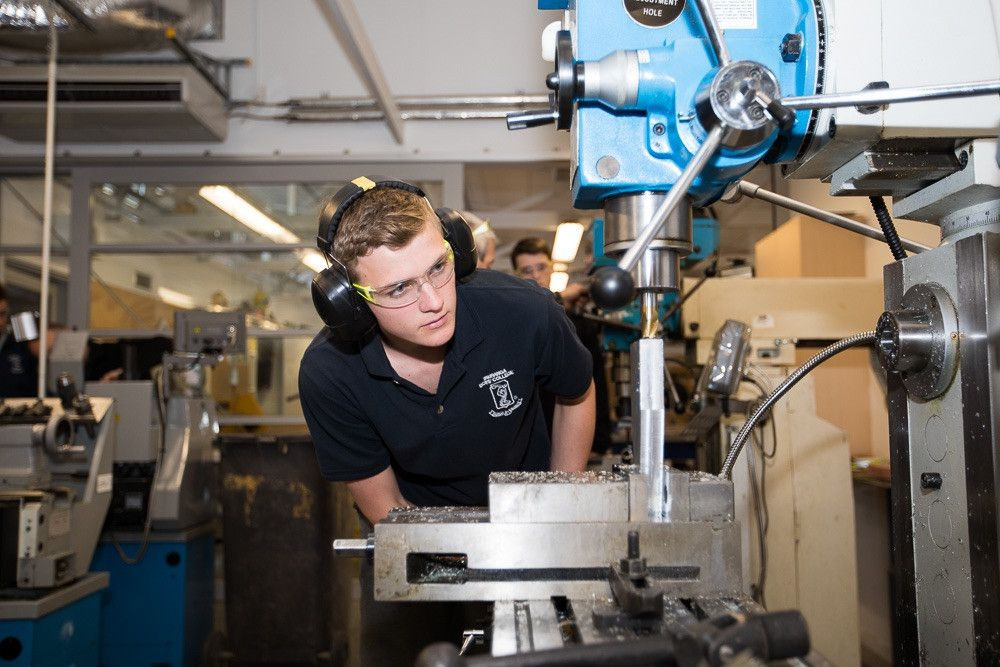
Technology
Product Technology is intervention by design: the use of material and human resources to develop quality products that expand human possibilities. Creativity and innovation are at the heart of what we do.
Students make enterprising use of traditional workshop knowledge and skills, together with the latest CAD, CNC and 3D Printing technologies to enhance our product development process.
 Tauranga Boys’ College
Tauranga Boys’ College